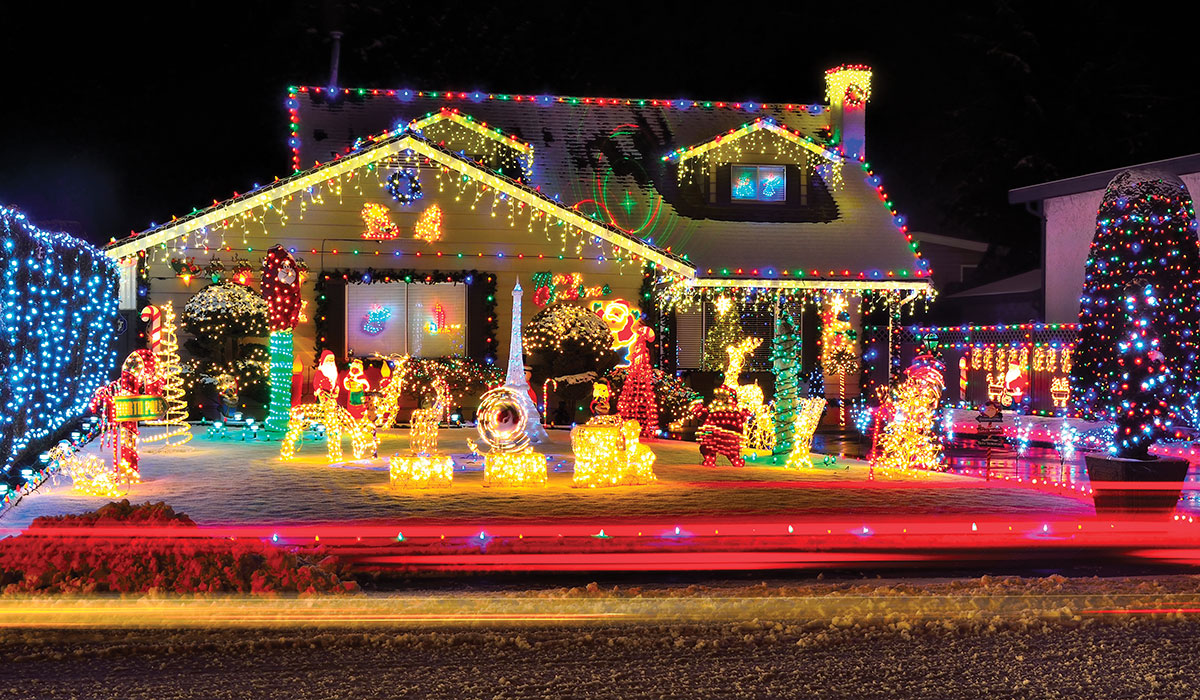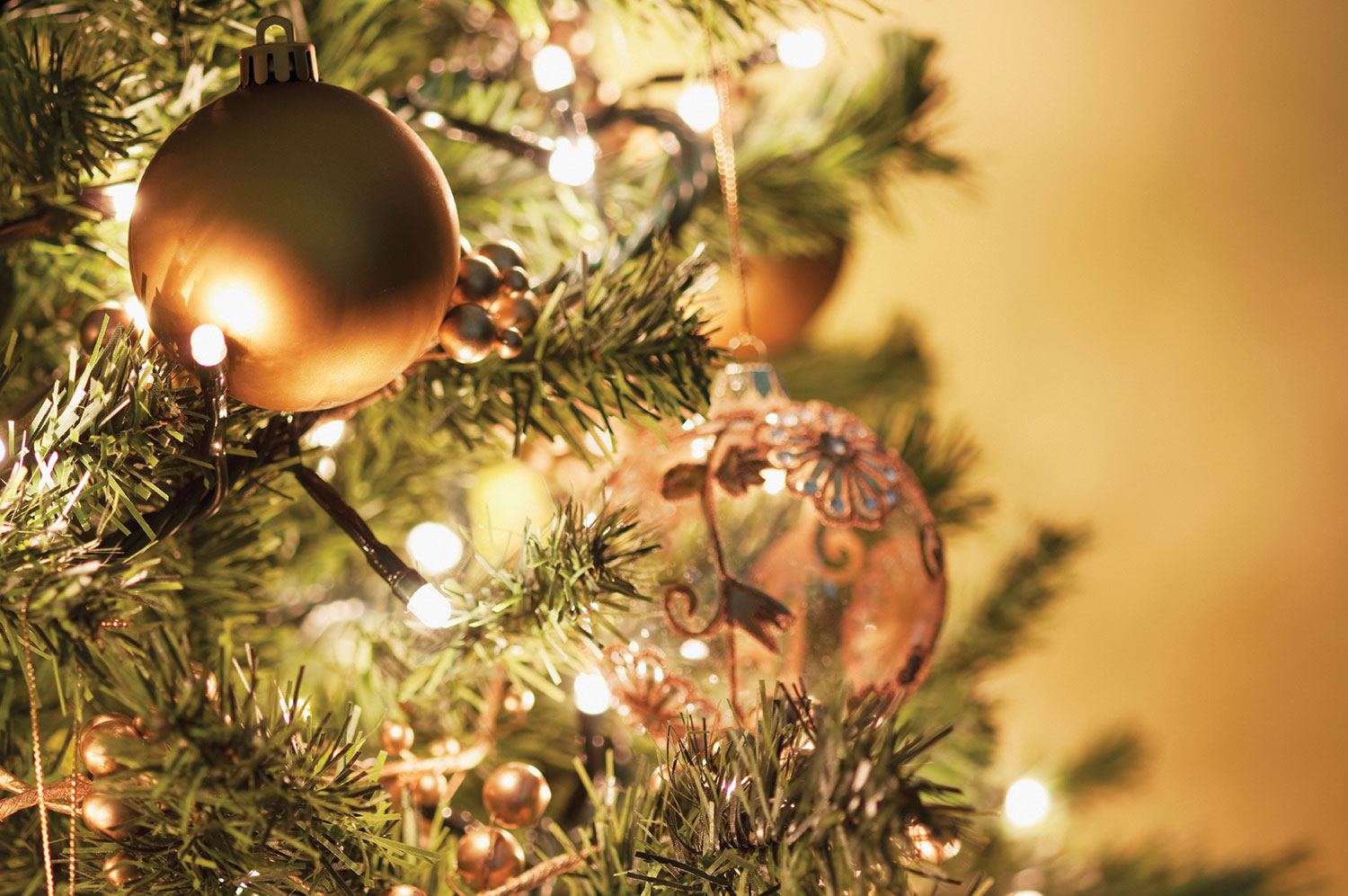With the roller-coaster of 2020, I think we can all agree that we can all use a little holiday cheer this time of year. Whether Driving around the neighborhood to look at holiday lights or driving out to a bright and cheery farm menagerie, outdoor (and indoor) lighting are a beautiful part of the season. While decorations and light contribute to the spectacle of the season, it is critical to use these objects safely to reduce the risk of fires and electrical injuries. According to the National Fire Protection Association, 860 home fires are caused by holiday decorations each year.
To help reduce these risks, here are some basic tips that we can follow to ensure that 2020 doesn’t stay on-trend and leave the creative lighting tactics to the Griswold’s.
- Be sure to check each set of lights for broken or cracked sockets, loose connections, or frayed or bare wires. This applies to both new and old strands.
- Only use lights that have been tested for safety and have a qualified testing laboratory label, such as Underwriters Laboratories (UL), Intertek (ETL), or Canadian Standards Association (CSA).
- Speaking of labels, use a three-prong grounded extension cord with a qualified label to hook up your outdoor lighting. Make sure that all extension cords and electrical decorations are marked for proper use.
- Use a clip or twist-tie to keep bulbs upright and don’t let the light bulbs rest on tree needles and branches.
- Turn off/unplug decorative outdoor lighting and tree lights before leaving the house or going to bed.
- Don’t overload outlets or extension cords with too many decorations or electrical devices.
- Never place cords under rugs, through doors, or through windows where they might be pinched or become worn.
- Finally, exercise caution when decorating near power lines. Keep equipment and yourself at least 10 feet from power lines.
In this issue, our authors delve into keeping residential dwellings safe and secure. IAEI’s Joseph Wages, Jr., discusses outside electrical receptacles and holiday lighting and how to determine how to identify receptacles for the purpose. NFPA’s Derek Vigstol examines how holiday lighting displays are referenced within the National Electrical Code (NEC), especially regarding temporary and decorative lighting. Samuel Rokowski also focuses his attention on Article 590, Temporary Installations, and the installation of temporary power for holiday décor, decorative lighting and showpieces, and temporary structures like tents. To round it all off, take our decorative Code Hunter to test your knowledge of the requirements for holiday decorations as found in the NEC.
For more safety tips on holiday lighting, visit ESFI’s Holiday Resource at https://www.esfi.org/program/holiday-safety-50 .











Find Us on Socials